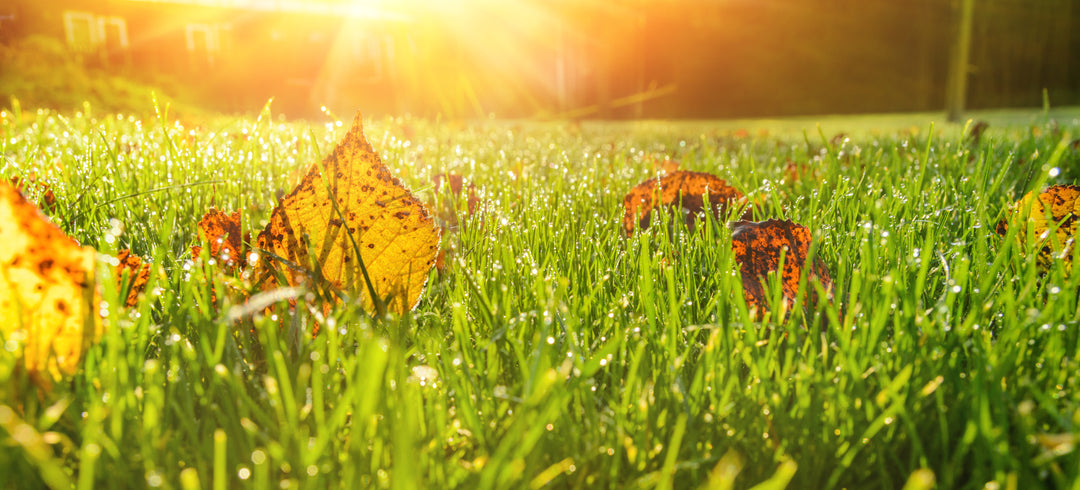Lawn maintenance in January

Except for a short frost period, this winter is disguised as autumn. Mild, often double -digit temperatures and many precipitation ensure that the lawn continues to grow. Due to the high moisture, the pressure increases through moss and fungal infections.
What care does the lawn need now to start spring as well as possible?
Can you mow?
As in late autumn: if the lawn grows, it should be mowed. However, you have to choose the right time: it should be frost -free, as well as dry and warm as possible so that the cuts are closed as soon as possible. There is a risk of compression on damp soils and the grass scarbe suffers unnecessarily with greasy soil.
Can you fertilize?
Despite currently very mild temperatures, the metabolism of the grasses, due to the low sunlight, is still severely restricted, so I think nitrogen fertilization at the present time is not very useful. If you work with liquid products, you can definitely work with biostimulants (e.g. carbohydrates, amino acids, algae extract) to support the grasses. If the pH is too low, there is now a good time for an on -scale, potassium fertilizer or Kalimagnesia now help to strengthen the grasses - please pay attention to your nutrient bilio. Low iron gifts can be used prevented against moss and fungal diseases.
Now (in front of any fertilization) is a good time to take a soil sample - a perfect tool for this is Lawnpecker. Only with a floor analysis (~ every 2-3 years) can you specifically fertilize the necessary nutrients and do not create any additional problems, because e.g. a nutrient is in abundance and thus hinders the absorption of others, or a less existing nutrient (minimum law of Justus von Liebig) limits growth.
As unsightly as a wet winter is, it shows us any soil problems: areas with compacts and sometimes high rainfall provide waterlogging. These problem areas should be as timely as possible - wait until the floor is reasonably dry - with the Lawnclaw be edited.
Incidentally, the lawn should now be entered as little as possible, not at all with frost, to protect the grass scarb.
Author: Lars Koppe





